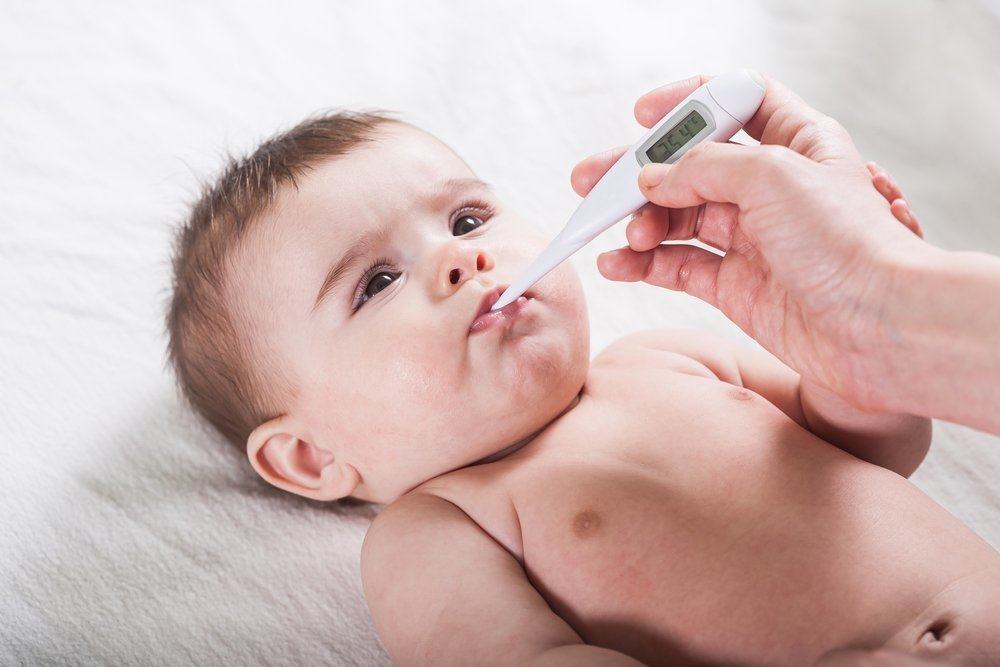Contents:
- Medical Video: Heart Attack Warning Signs
- 1. High blood pressure
- 2. Hypercholesterolemia
- 3. Arterosclerosis
Medical Video: Heart Attack Warning Signs
One of the causes of the age shift in the incidence of cardiovascular disease is the development of the disease that begins earlier. Damage to blood vessels requires a long time to cause a symptom of heart disease, but this can start from adolescence and even children. Risk factors such as obesity and an unhealthy lifestyle can be found at a young age. As a result, damage to blood vessels has occurred slowly and cardiovascular disease will occur more quickly in adulthood.
Here are some signs of the development of cardiovascular disease that you must watch out for at a young age.
1. High blood pressure
High blood pressure (hypertension) is a disorder that increases the risk of cardiovascular disease. Detecting hypertension at a young age tends to be difficult because it is influenced by gender, age, and height. Normal systolic blood pressure in infants and toddlers is around 80-110, the age of children is around 85-120 while in adolescents around 95-140. A child is said to have hypertension if he consistently has blood pressure close to the upper limit or higher than the normal limit after three measurements at different times.
Primary hypertension is often found in adolescence and has the same risk factors in general; obesity, consumption patterns and unhealthy lifestyles. But at the age of children or younger, there are possible causes of secondary hypertension such as endocrine disorders, kidney disease, congenital heart abnormalities, pressure intracranialdrug side effects and poisons.
Hypertension at a young age often does not cause acute symptoms, but can cause headaches, nosebleeds, and decreased academic and sports abilities. If not addressed, both primary and secondary hypertension can cause damage to blood vessels more quickly and this can have an impact on the central nervous system (stroke), impaired heart function, and kidney failure as adults.
2. Hypercholesterolemia
The high level of cholesterol in the blood is the beginning of the development of coronary heart disease and this, without realizing it, has begun since childhood. Increased cholesterol levels can already be seen when the child will enter adolescence (9-11 years) and usually returns to increase in late adolescence (17-21 years). Hypercholesterolemia in children is more likely to occur if:
- There is a history of parental heart disease
- Experiencing obesity
- Blood pressure above normal age
- Have diabetes
- Smoking and exposure to cigarette smoke
Handling cholesterol in children is very necessary to prevent heart disease early. Therefore, if the child already has risk factors, it is recommended to check blood cholesterol levels at the age of children (under 10 years) as well as the beginning and end of adolescence. Safe total cholesterol (TC) levels in children around less than 170mg / dL. If the TC level is around 170-199mg / dL a repeat examination is required, whereas if the TC level is >200 mg / dL is needed for further examination and drug consumption.
However, prioritize improvements in diet and activity patterns if your child is at risk of developing hypercholesterolemia. This is done by reducing fat, carbohydrate and sugar intake from daily intake. Instead, increase your intake of protein, fiber, vitamins and minerals, especially from vegetables and fruit.
3. Arterosclerosis
Arterosclerosis can occur if blood cholesterol levels are not controlled to cause plaque in the blood vessels. The development of atherosclerosis tends to be long but can begin in childhood. Risk factors for atherosclerosis in children are generally the same as risk factors for hypercholesterolemia in children. But every risk factor such as obesity, hypertension and an unhealthy lifestyle will accelerate blood vessel damage. Arterosclerosis at the age of children is the main trigger for heart disease and stroke in adult individuals aged 20-30 years.
Abnormal blood cholesterol levels in children are a sign of the development of atherosclerosis. The following are the results of abnormal cholesterol checks that impose immediate treatment:
- Total cholesterol level (TC)> 200mg / dL
- LDL cholesterol level> 130 mg / dL
- HDL cholesterol levels <40mg / dL
- Triglyceride (TG) levels> 130mgdL
Handling atherosclerosis and abnormal cholesterol levels in children is done in stages as follows:
- Changes in diet and activities - suppress daily consumption of fat, carbohydrates and excess sugar and consume more protein in fish, vegetables and fruit. Children are also encouraged to active 30-60 minutes / day in 4-6 days / week. Improvement efforts should be carried out slowly and consistently because they must be done for a long time.
- Supplementation - done to meet the nutritional needs of fiber and omega-3 which are useful in controlling LDL cholesterol levels. Children are also encouraged to obtain fiber from vegetables and fruits and omega-3 from oily fish.
- Giving medicine - In general, the doctor will give drugs with the type of Statins, but treatment efforts do not aim to overcome atherosclerosis, but only to control risk factors. Giving medicine is the last step if lifestyle improvements and supplementation after 6-12 months does not help reduce total cholesterol or triglyceride levels that are too high.












